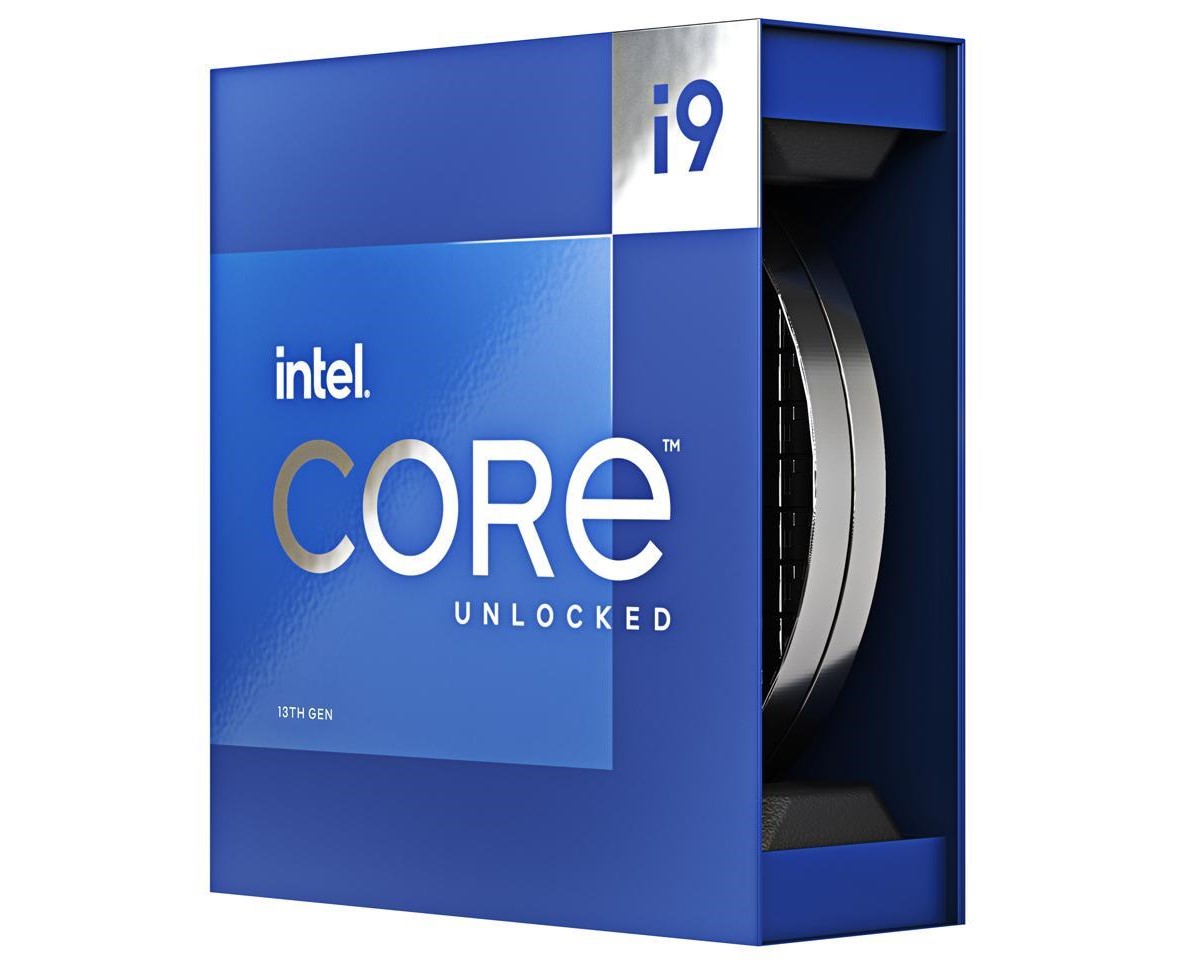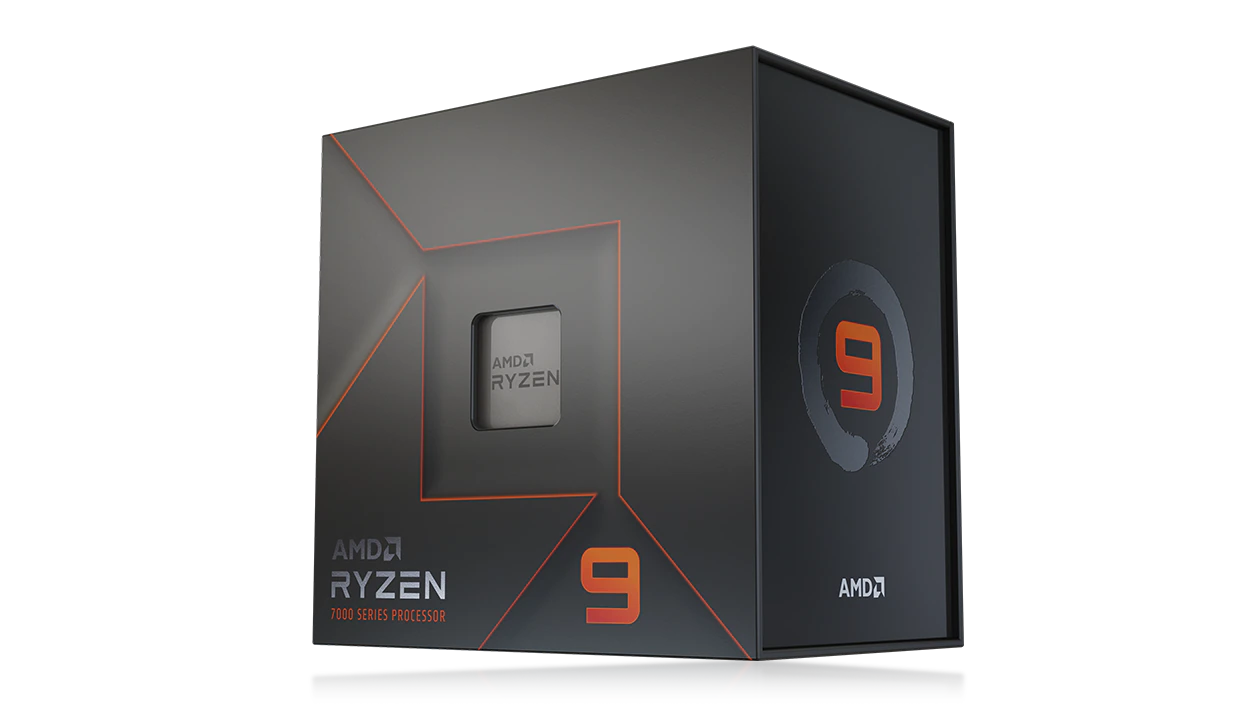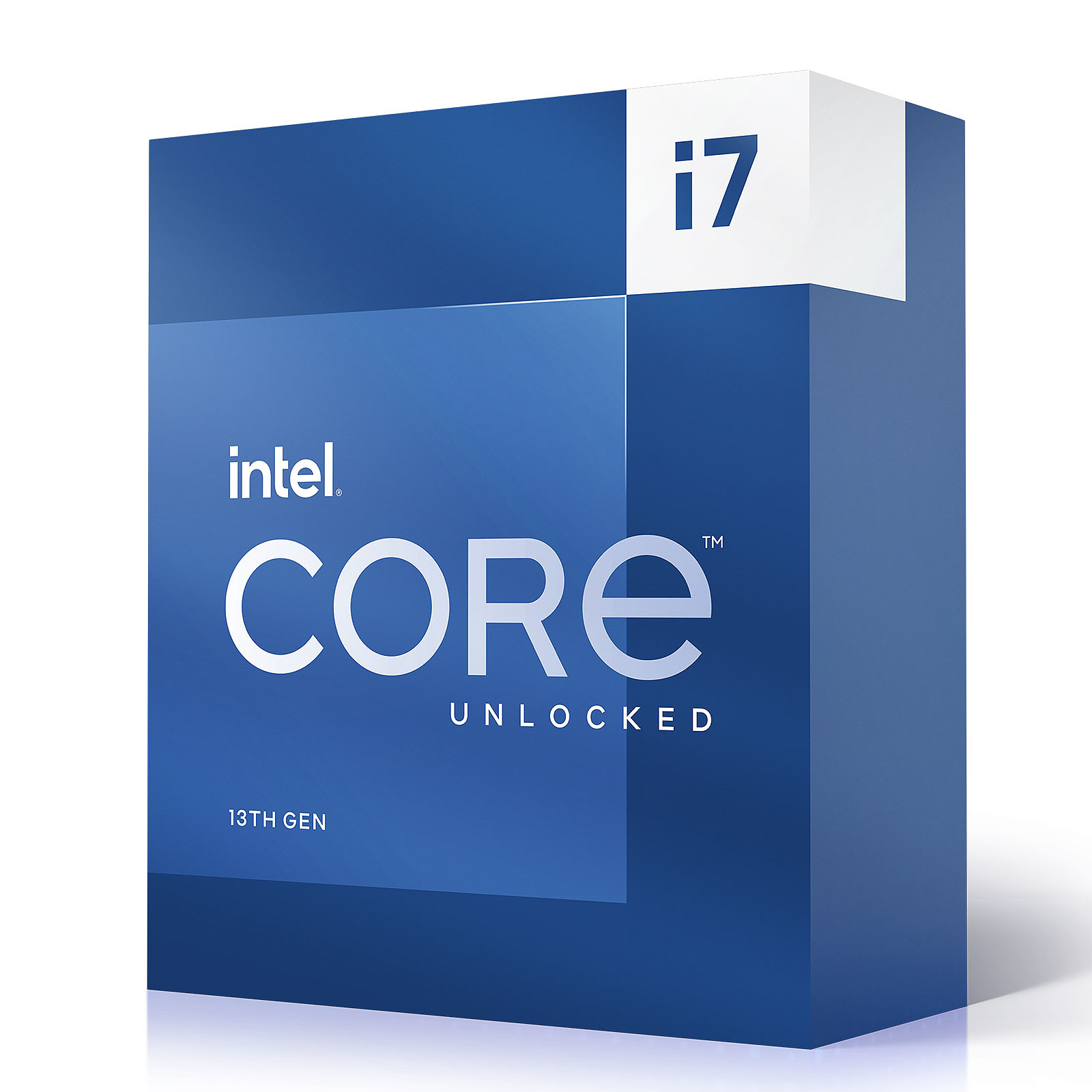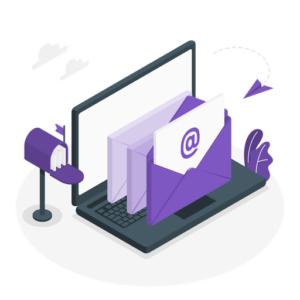Streamlabs is one of the most user-friendly streaming software options available. It features a straightforward interface and, as you may know, various recording modes. You can capture gameplay, record activities on your desktop, or document what is happening in one of your open tabs.
Streamlabs Recording
So, how do you record with Streamlabs OBS?
In this section, I will provide detailed information about the best Streamlabs recording settings, enabling you to adjust them for creating high-quality content.
Let’s get started!
Firstly, let’s discuss the OBS audio settings.
Without a clear tone, the quality of the video becomes less significant—viewers want to hear your commentary while watching the stream, making it essential to learn how to achieve a clear tone.
Before you begin optimizing the Streamlabs settings, ensure that all external devices (microphone or speakers you intend to use) are connected and recognized by SLOBS.
Unsure how to connect these devices and software? Follow these steps:
Whenever you want to add a new device or switch from one to another, follow the steps above.
Similarly, you can add audio from the game.
Now, let’s proceed to the settings.
Audio Tracks
SLOBS enables you to link audio inputs and tracks; for instance, desktop audio or game audio is one track, while speakers and microphones are on separate tracks.
These audio inputs and individual tracks will assist you with editing later on.
Here is how you can include them:
Now, game audio will not be mixed with the microphone sound; the audio tracks are recorded separately, making it easier to edit the recordings.
Next, regarding video settings – if you adjust these correctly, the video quality will be unparalleled.
These Streamlabs settings can be found in a separate tab within the Settings menu. Open it so we can start adjusting them.
1. Resolution
First, let’s discuss resolution.
There are two types of resolutions: base and output.
The first aspect is the resolution of the canvas and overlays, which can be slightly higher. It is advisable to select one that aligns with the desktop resolution.
Output resolution is relevant only for recording; once you switch to streaming, you can adjust it.
Once again, select the highest option that your computer can support.
In most instances, for a 1080p canvas resolution, the output resolution will be 720p.
The only way to determine if you’ve selected the correct resolution is by recording the game.
If the computer is slowing down, replace it.
2. Downscale Filter and FPS
There are several options for downscale filters, and Lanczos is the best choice for recording.
CPU usage may be slightly higher, but the video quality is outstanding.
QUICK OVERVIEW: Best CPU
 | Top Pick Intel Core i9-13900K
| |
 | AMD Ryzen 9 7950X
| |
 | Intel Core i7-13700K
|
Generally, you should capture as many frames as possible. In some instances, the FPS may be lower.
The appropriate FPS value will depend on the type of game.
Therefore, if you are recording gameplay of a static game, there is no need to exceed 30 FPS.
For more dynamic gameplay, try 60 FPS.
Output settings are found just above the Video and Audio options in the Settings menu.
Open this tab and set Mode to Advanced.
Next, open a tab for Recording.
The first setting is Type – select Standard.
Now, let’s discuss other output settings.
1. Recording Path, Format, and Encoder
Where does OBS store recordings?
You can choose the Streamlabs OBS recording location.
Click on Browse next to the Recording path to select the destination for all recordings.
If you wish, you can test recording in various formats; I recommend mp4.
There are two types of encoders: software and hardware.
The software encoder utilizes a CPU, whereas the hardware depends on NVENC for video encoding.
Which one should you choose? If you own an NVIDIA graphics card, always opt for NVENC. Others can use a software encoder.
2. Rate Control
The encoder should set the rate control.
In most cases, you can use CQP, as it maintains the video’s quality consistently and manages the compression.
Gamers using NVIDIA and NVENC should opt for GRF.
3. CQ Level
The suggested CQ level is 17, so adjust it to this value and record a brief video.
Next, adjust the value to a lower or higher setting to determine if any changes occur.
Generally, higher values indicate greater compression, which can result in lower quality.
In contrast, lower values yield better quality.
4. Presets
For presets, choose “Max Quality.”
There should not be any performance issues. Test it out; if something seems off, adjust this setting.
5. Profile
The profile should be set to “High” by default. If it is not, please adjust it manually.
This setting should not cause any issues either.
How to Record with Streamlabs OBS – Testing Performance
You can now open the Task Manager to check the performance.
Launch the game and Streamlabs, then begin recording. Monitor the CPU usage to ensure that the computer is not under strain.
If utilization is too high, return to adjust the SLOBS settings.
